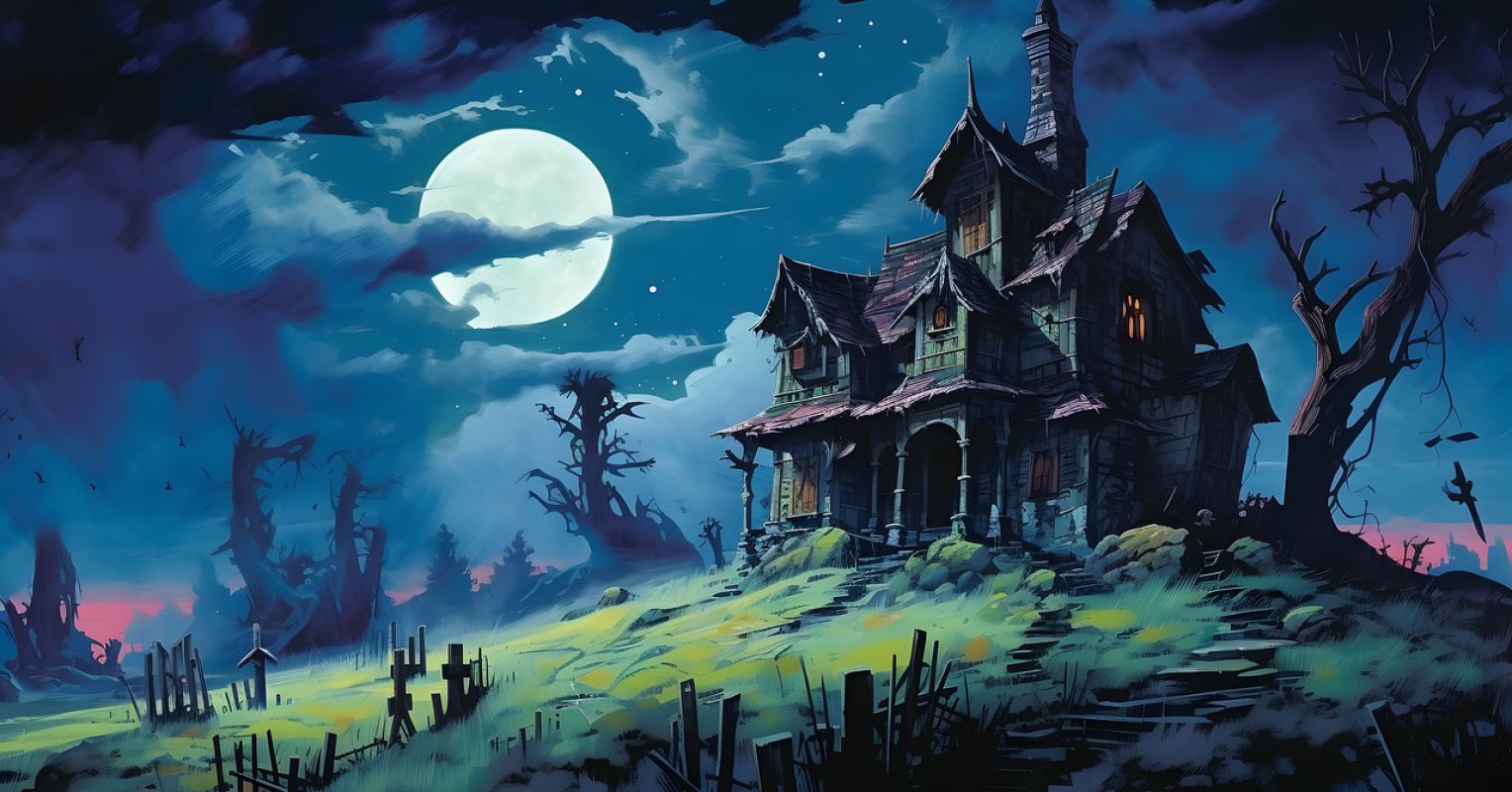
You walk up to the haunted house and you feel impending doom. You step inside and the air changes.
It’s colder here and thick with that uneasy stillness that seems to hum under your skin. The floorboards creak with each cautious step. You know something is coming. You just don’t know when.
Your heart starts to race. Your hands tremble. Your breathing shifts, shallow and quick. You’re alert, scanning for danger, waiting for the jump scare. You tell yourself it’s just a haunted house. This isn’t real, but your body doesn’t care. The fear feels real.
And then…Boo!
A ghost bursts out from behind a curtain. Your stomach drops, adrenaline floods your chest and for a brief second, you’re sure something bad is happening. You react instantly. You scream, jump back, run, or cover your eyes.
For most people the fright fades quickly. You remind yourself it’s fake and you believe it. Your heart rate slows, your brain catches up, and soon you’re laughing it off as you exit into the daylight.
But for someone living with OCD, the haunted house doesn’t end when they leave.
Their brain keeps replaying the jump scare, asking, “What if it was real?” What if there’s another ghost waiting? What if I missed something important? The anxiety lingers, looping endlessly. They may try to find relief by checking, washing, confessing, seeking reassurance, and doing whatever it takes to make the uncertainty go away.
Only it never really does.
This is the trap. For people with OCD, the haunted house becomes their everyday life. The ghosts aren’t people in costumes. Instead, they’re intrusive thoughts, images, or urges that feel deeply wrong, dangerous, scary, or shameful. Each one triggers that same spike of adrenaline, that same internal scream of “Something’s not right, fix it!”
This triggers the vicious cycle of doing whatever it takes to try to get relief, even if it’s just for a moment.
What If the Way Out Isn’t What You Expect?
In OCD treatment, specifically Exposure and Response Prevention (ERP), we do something counterintuitive. We walk back into the haunted house, but this time on purpose.
We walk through the doorway and step inside without running away, without covering our eyes. We learn that the ghosts can’t actually hurt us and that the pounding heart, the sweaty palms, and the racing thoughts are just our body’s way of sounding a false alarm.
Over time, the haunted house loses its power. The ghosts still pop out, but they don’t make us jump quite as high. The fear fades faster. We begin to see the space for what it really is, which is a house filled with shadows, not monsters.
ERP teaches the brain a new story where fear isn’t a signal to escape, but an invitation to grow tolerance for uncertainty and discomfort and to build courage in the face of the unknown.
Stepping Out into the Light
OCD may feel like living in a haunted house, but with the right treatment, the doors and windows start to open again. Light comes in. The air feels easier to breathe.
And eventually, the ghosts become what they always were. Thoughts.
